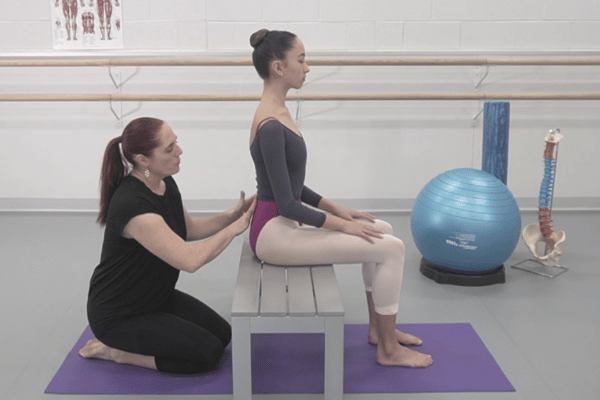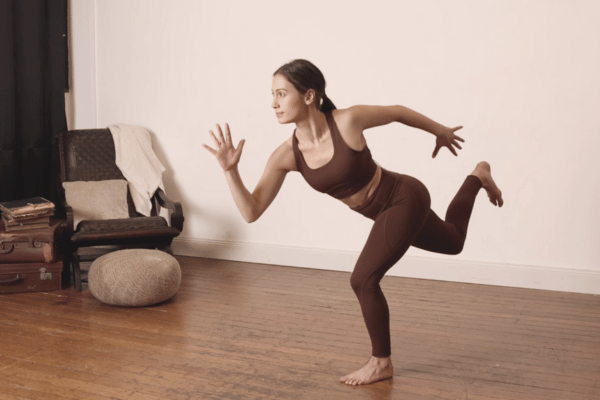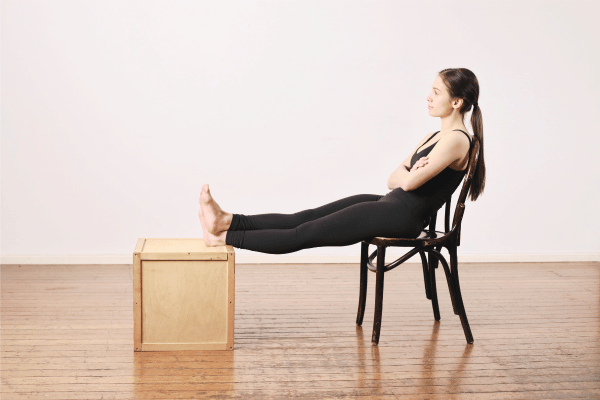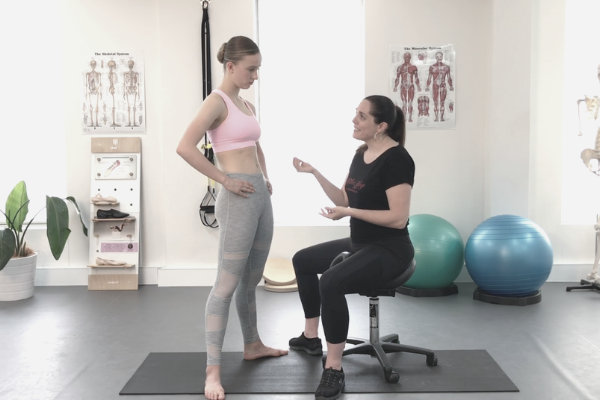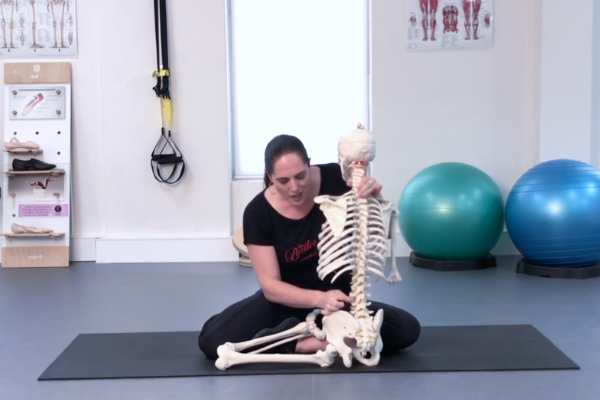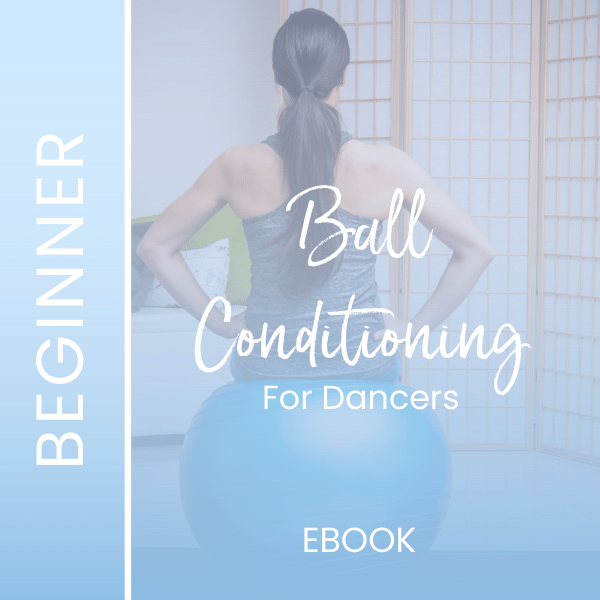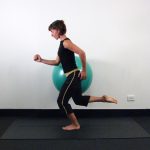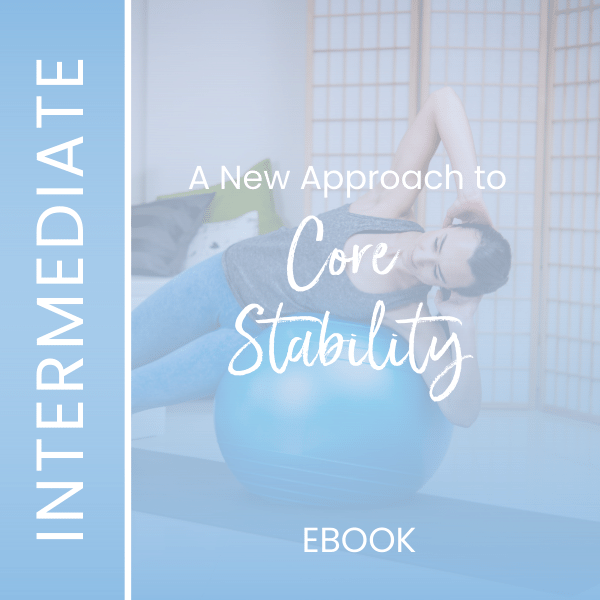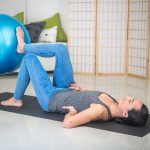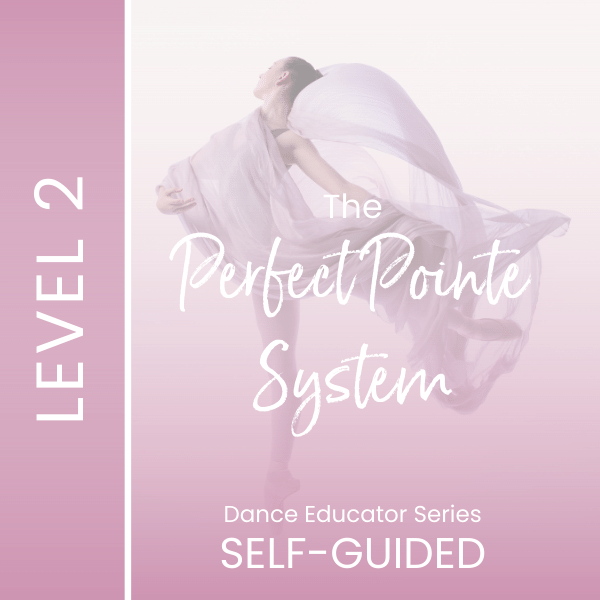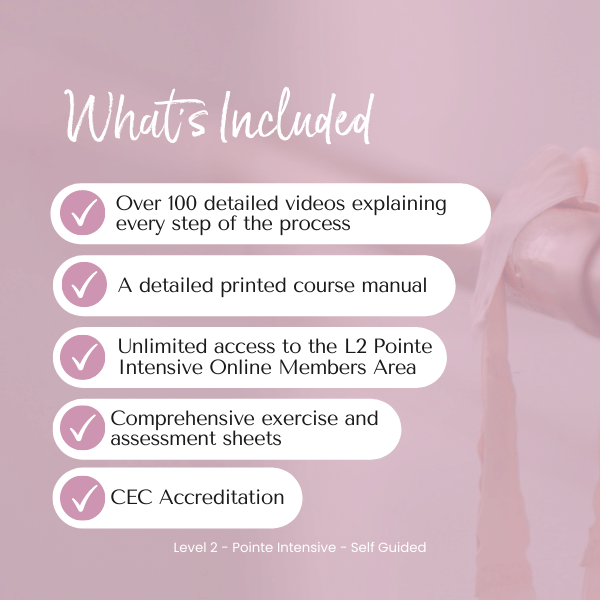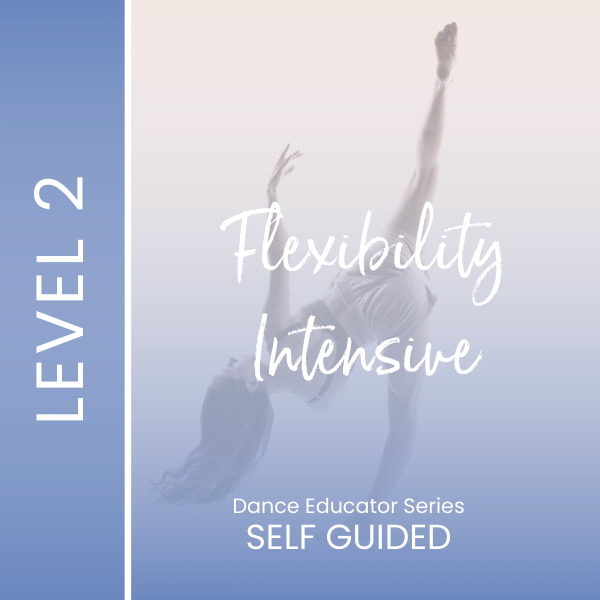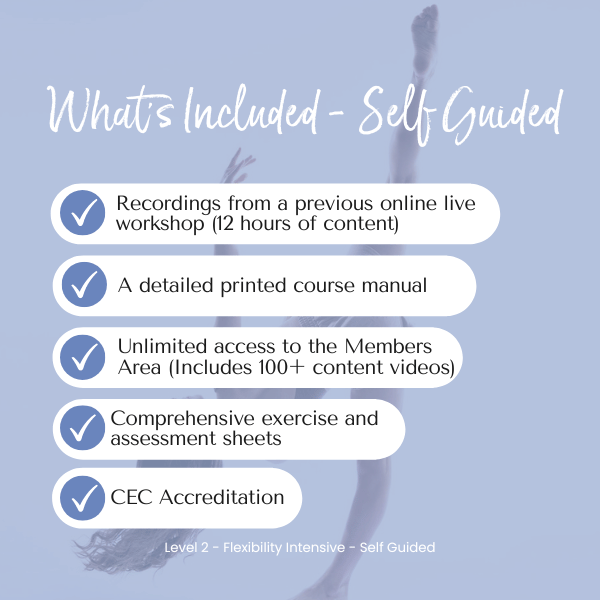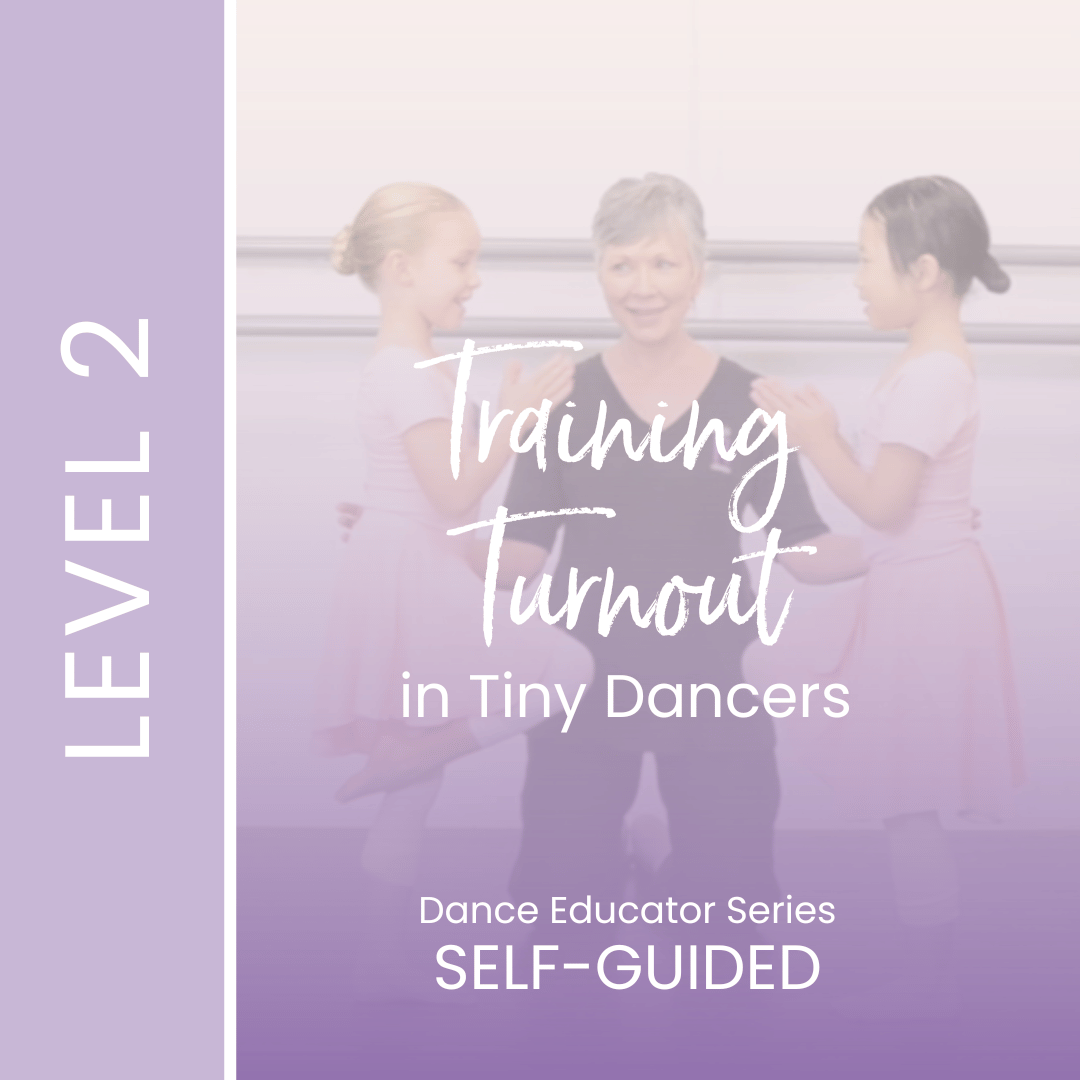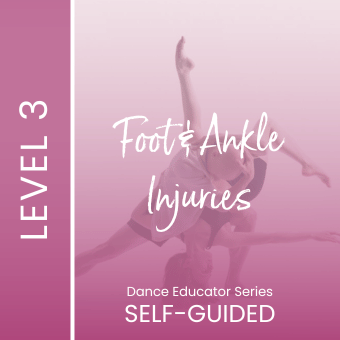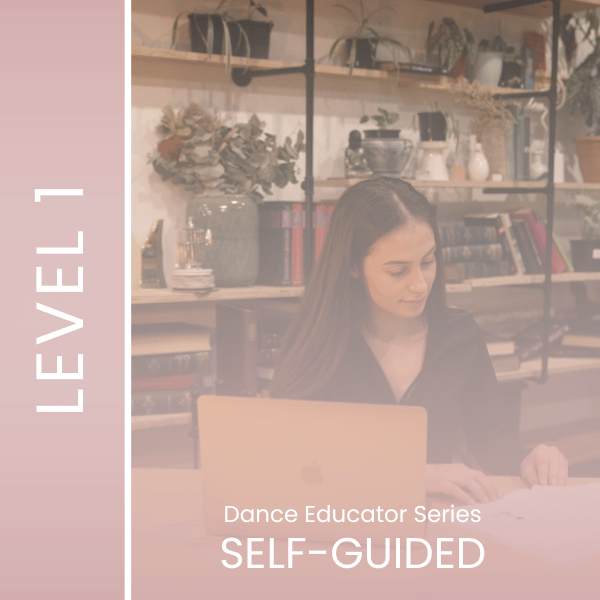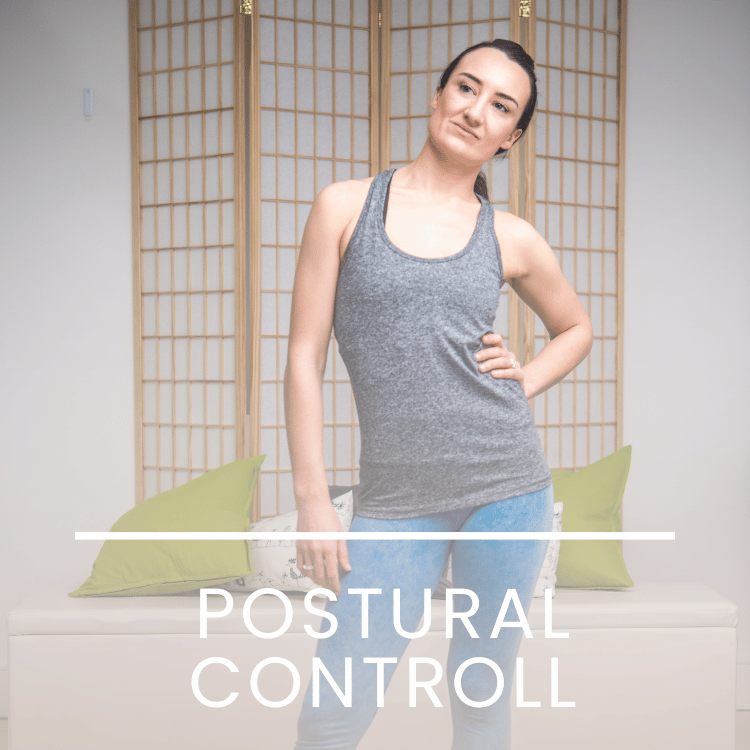- Free Articles
- Shop
- Workshops
- The Dance Educator Series
- Upcoming Workshops
- Workshop FAQ’s
- Host Application Form
- Student Workshop Application Form
- Dance Teacher & Health Professional Directory
- Workshop Testimonials
- Members Areas
- Cart
- My Account
The Influence of Emotion on Posture
One of the biggest driving factors to how we hold ourselves during the day is our emotional state. Exploring this concept and using it to monitor postural habits can really help in maintaining a good standing or sitting posture for longer periods of time.
Ideally, our posture should be held as subtly as possible, with the most minimal amount of tension in just the right muscles, so that we can move in and out of position with ease. Often when people have been taught to “correct their posture” they do so by generating a lot of tension in their big outer movement muscles. This results in a very
temporary improvement in alignment but is not sustainable as these muscles are physiologically not designed to stay contracted for long periods of time.
Certain emotions can bring us either out of alignment, or towards a better alignment, however these are different for each individual. For instance, “Excited” for one person might bring them into a lovely light, lifted standing posture, however in another individual, this may bring on too much muscle activation and make them want to bounce around! For more information about a comprehensive, multi-layered core stability program make sure to look into our "New Approach to Core Stability" program. It has helped hundreds of individuals master the dynamic control of their spine needed for optimal function.
Learn More about Core Stability
-

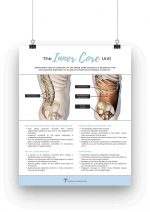 This product has multiple variants. The options may be chosen on the product page
This product has multiple variants. The options may be chosen on the product pageThe Core Series (Australia)
Price range: $AUD 25.00 through $AUD 100.00

